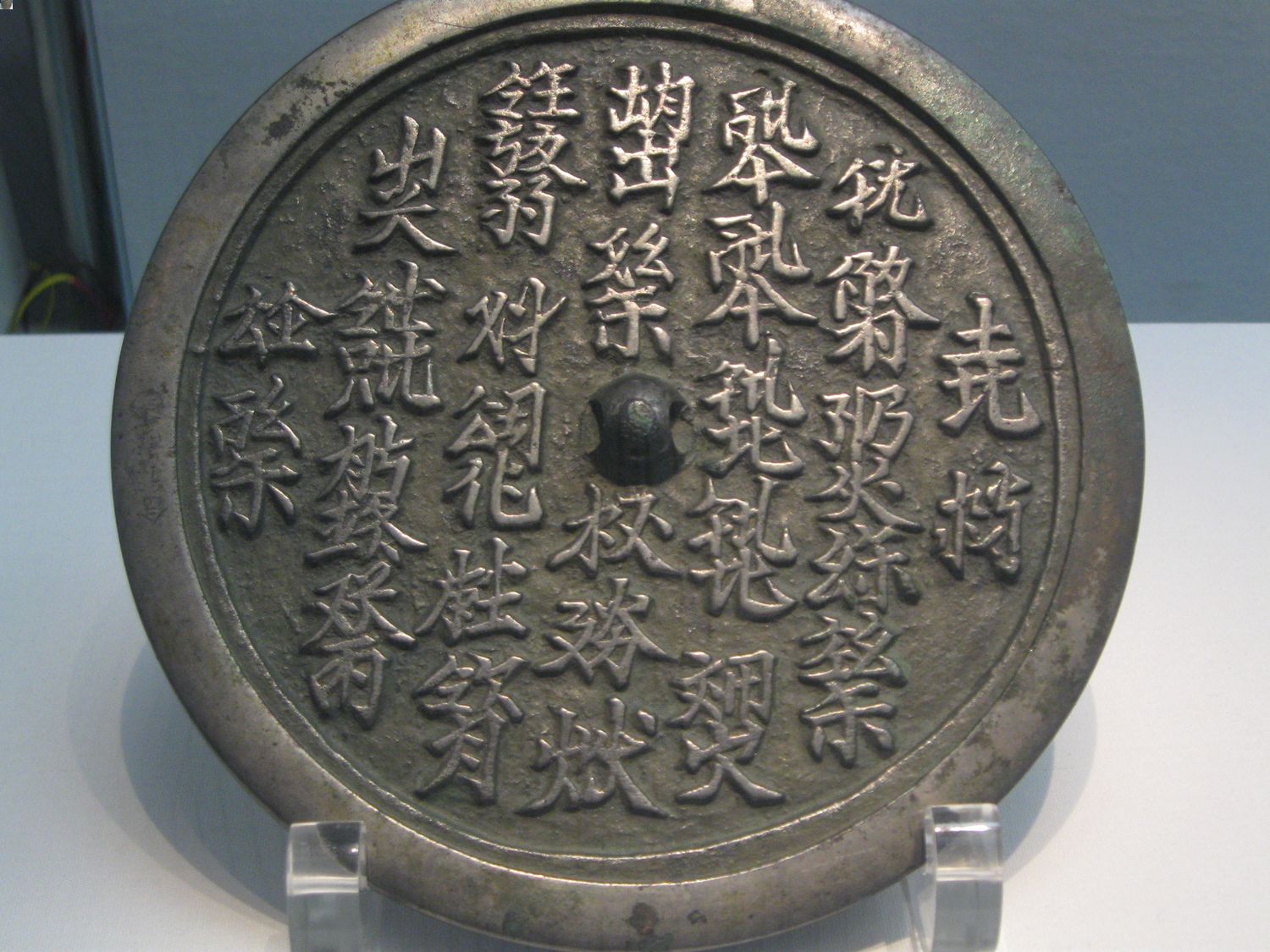
Ever wondered how ancient civilizations communicated before modern alphabets? Extinct writing systems offer a fascinating glimpse into the past, revealing the ingenuity and creativity of our ancestors. From the intricate hieroglyphics of ancient Egypt to the mysterious Linear A of the Minoans, each script tells a unique story. Some, like the Ge’ez script, evolved and adapted over centuries, while others, such as the Cascajal Block, remain undeciphered mysteries. These systems were not just tools for communication; they were integral to cultural identity and historical record-keeping. Join us as we explore 50 intriguing facts about these lost languages and their enduring legacies.
Key Takeaways:
- Ancient writing systems like the Ge’ez script and Inca quipus hold unique historical and cultural significance, showcasing the diversity of human communication methods throughout history.
- Efforts to preserve endangered writing systems, such as the Cherokee syllabary and Inuktitut scripts, highlight the importance of protecting diverse linguistic and cultural heritage for future generations.
Ancient Scripts and Their Origins
Writing systems have been crucial for recording and conveying information across generations. Each extinct writing system has unique characteristics and historical contexts. Let's explore some fascinating facts about these ancient scripts.
-
Ge’ez Script
The Ge’ez script, an alphasyllabary, originated in the Horn of Africa. It evolved from the Ancient South Arabian script and was initially written right to left. Due to Christian influence, it is now written left to right. -
Quipu
The Inca Empire used quipus, string-based recording devices, to document numerical data like taxes and census numbers. Recent research suggests they might have also conveyed phonetic information. -
Linear A
Associated with the Minoan civilization on Crete, Linear A remains undeciphered. Discovered by Sir Arthur Evans, it is related to Linear B, which was deciphered in the 1950s. -
Cascajal Block
Found in southeastern Mexico, the Cascajal Block dates back to the Olmec civilization. It features 62 glyphs, some abstract and others resembling objects like pineapples or fish.
Early American Writing Systems
Discoveries in the Americas challenge the belief that writing originated solely in Mesopotamia. These systems highlight the complexity of ancient American civilizations.
-
Oldest Writing System in America
The Cascajal Block suggests an advanced writing system existed in America thousands of years ago, showcasing the sophistication of ancient American civilizations. -
Proto-Writing
Carved symbols on 60,000-year-old eggshells in Australia indicate that writing may be far older than previously thought, challenging our understanding of human consciousness.
Endangered Alphabets and Preservation Efforts
Many unique writing systems are endangered due to globalization and cultural assimilation. Efforts are being made to preserve these scripts.
-
Endangered Alphabets
With 96% of the world's languages spoken by just 3% of the population, many unique writing systems are endangered. Tim Brookes' Atlas of Endangered Alphabets catalogs rare scripts and links to organizations working to revive them. -
Cherokee Syllabary
Created by Sequoyah in the early 19th century, the Cherokee syllabary allowed rapid literacy among the Cherokee people. However, it has faced decline due to the predominance of English. -
Inuktitut Writing Systems
In Canada, nine different writing systems are used by the Inuit. A unified Inuktut writing system is being developed to replace colonial-era scripts, ensuring the preservation of their language. -
Ditema tsa Dinoko
Invented by South African linguists, designers, and software programmers, Ditema tsa Dinoko is a new, intricate triangular-shaped alphabet. Its long-term viability remains to be seen.
Scripts of Asia and the Pacific
Asia and the Pacific regions have rich histories of unique writing systems, some of which are endangered or have evolved over time.
-
Kana Script
Mostly used by Japanese women since medieval times, the Kana script is endangered. Artist Kaoru Akagawa brings the script to a wider audience through her art. -
Balinese Script
Catalogued by Tim Brookes, the Balinese script is vanishing due to government policies and cultural assimilation, highlighting the need for preservation efforts. -
Pahawh Hmong Script
Used by the Hmong people, the Pahawh Hmong script is unique and has faced persecution and cultural assimilation, making its preservation crucial.
African and Middle Eastern Writing Systems
These regions have contributed significantly to the development of writing systems, some of which are now extinct or endangered.
-
Mali Script
An ancient writing system used by the Mali Empire, the Mali script is no longer in use but remains an important part of cultural heritage. -
Ancient Egyptian Hieroglyphics
Hieroglyphics, used by ancient Egyptians, were deciphered in the 19th century by Jean-François Champollion. They continue to fascinate scholars and the public alike. -
Cuneiform
Developed by the Sumerians, cuneiform is one of the earliest known writing systems. It was used for over 3,000 years and provides insights into ancient Mesopotamian culture.
European and Central Asian Scripts
Europe and Central Asia have seen the rise and fall of various writing systems, each with its unique characteristics and historical significance.
-
Linear B
Used by the Mycenaeans, Linear B was deciphered by Michael Ventris in the 1950s. It provides valuable information about the Mycenaean civilization. -
Tengwar
Created by J.R.R. Tolkien for his fictional world of Middle-earth, Tengwar is not an actual extinct writing system but is extensively studied and used by fans. -
Sinhala Script
A syllabary used by the Sinhala people of Sri Lanka, the Sinhala script has remained largely unchanged since its design shift during the colonial period. -
Greek Alphabet
Developed from the Phoenician alphabet, the Greek alphabet has had a profound impact on Western culture and continues to be used in various forms today. -
Arabic Alphabet
Developed from the Nabataean alphabet, the Arabic alphabet has been adapted into various forms, including the Persian and Urdu alphabets. -
Chinese Characters
Known as Hanzi, Chinese characters are logographic symbols used for thousands of years. They represent both words and concepts, reflecting China's cultural and historical development. -
Japanese Kanji
Derived from Chinese characters, Japanese Kanji are used alongside Hiragana and Katakana scripts to convey meaning in Japanese texts. -
Korean Hanja
Derived from Chinese characters, Korean Hanja were used extensively in Korean texts until the 20th century. Their use has declined but continues in various contexts.
Mesoamerican and South American Writing Systems
Mesoamerican and South American civilizations developed unique writing systems that provide valuable insights into their cultures.
-
Mayan Hieroglyphics
Used by the ancient Mayans, these symbols were deciphered in the 20th century and provide valuable insights into Mayan culture and history. -
Aztec Writing System
Known as Nahuatl, the Aztec writing system was used for administrative and ceremonial purposes. Efforts to preserve and study it are underway. -
Inca Quipu
As mentioned earlier, Inca quipus were string-based recording devices used to document numerical data and possibly phonetic information.
Scripts of the Ancient Mediterranean and Near East
The ancient Mediterranean and Near East regions have seen the development of various writing systems, some of which have influenced modern alphabets.
-
Etruscan Script
Used by the Etruscan civilization in ancient Italy, the Etruscan script is not fully deciphered but provides valuable insights into Etruscan culture. -
Old Turkic Script
Used by the Turkic peoples in Central Asia, the Old Turkic script is an early example of an alphabetic writing system in the region. -
Runic Alphabet
Known as Futhark, the Runic alphabet was used by ancient Germanic peoples. It continues to be studied and used in various contexts. -
Cypriot Syllabary
An extinct writing system used on the island of Cyprus, the Cypriot syllabary is not fully deciphered but provides valuable insights into Cypriot culture. -
Phaistos Disc
An ancient Minoan writing system discovered on Crete, the Phaistos Disc is not fully deciphered but represents one of the earliest known writing systems in Europe.
South Asian Scripts
South Asia has a rich history of unique writing systems, some of which are still in use today.
-
Bengali Script
A syllabary used by the Bengali people of Bangladesh and India, the Bengali script is an important part of South Asian cultural heritage. -
Marma Script
An endangered writing system used by the Marma people of Bangladesh, the Marma script represents an important part of minority cultural heritage. -
Balinese-Hindu Script
Used in Bali, Indonesia, the Balinese-Hindu script is an endangered writing system representing Hindu cultural heritage in Southeast Asia. -
Pahawh Hmong Script
Used by the Hmong people, the Pahawh Hmong script is an endangered writing system representing Hmong cultural heritage. -
Mali Script
An ancient writing system used by the Mali Empire, the Mali script is no longer in use but remains an important part of West African cultural heritage. -
Etruscan Script
Used by the Etruscan civilization in ancient Italy, the Etruscan script is not fully deciphered but provides valuable insights into Etruscan culture. -
Old Turkic Script
Used by the Turkic peoples in Central Asia, the Old Turkic script is an early example of an alphabetic writing system in the region. -
Runic Alphabet
Known as Futhark, the Runic alphabet was used by ancient Germanic peoples. It continues to be studied and used in various contexts. -
Cypriot Syllabary
An extinct writing system used on the island of Cyprus, the Cypriot syllabary is not fully deciphered but provides valuable insights into Cypriot culture. -
Phaistos Disc
An ancient Minoan writing system discovered on Crete, the Phaistos Disc is not fully deciphered but represents one of the earliest known writing systems in Europe. -
Bengali Script
A syllabary used by the Bengali people of Bangladesh and India, the Bengali script is an important part of South Asian cultural heritage. -
Marma Script
An endangered writing system used by the Marma people of Bangladesh, the Marma script represents an important part of minority cultural heritage. -
Balinese-Hindu Script
Used in Bali, Indonesia, the Balinese-Hindu script is an endangered writing system representing Hindu cultural heritage in Southeast Asia. -
Pahawh Hmong Script
Used by the Hmong people, the Pahawh Hmong script is an endangered writing system representing Hmong cultural heritage. -
Mali Script
An ancient writing system used by the Mali Empire, the Mali script is no longer in use but remains an important part of West African cultural heritage. -
Etruscan Script
Used by the Etruscan civilization in ancient Italy, the Etruscan script is not fully deciphered but provides valuable insights into Etruscan culture. -
Old Turkic Script
Used by the Turkic peoples in Central Asia, the Old Turkic script is an early example of an alphabetic writing system in the region. -
Runic Alphabet
Known as Futhark, the Runic alphabet was used by ancient Germanic peoples. It continues to be studied and used in various contexts.
The Legacy of Extinct Writing Systems
Extinct writing systems offer a fascinating glimpse into human history and culture. From the Ge’ez script of the Horn of Africa to the Runic alphabet of ancient Germanic peoples, each system tells a unique story. These scripts, whether deciphered like Linear B or still mysterious like Linear A, highlight the ingenuity and diversity of past civilizations. Efforts to preserve endangered alphabets, like the Pahawh Hmong script and Balinese script, are crucial for maintaining cultural heritage. By studying these ancient scripts, we gain insights into the evolution of language and communication. The preservation of these writing systems ensures that future generations can appreciate their beauty and historical significance. So, let's continue to explore, study, and cherish these remarkable remnants of our shared past.
Frequently Asked Questions
Was this page helpful?
Our commitment to delivering trustworthy and engaging content is at the heart of what we do. Each fact on our site is contributed by real users like you, bringing a wealth of diverse insights and information. To ensure the highest standards of accuracy and reliability, our dedicated editors meticulously review each submission. This process guarantees that the facts we share are not only fascinating but also credible. Trust in our commitment to quality and authenticity as you explore and learn with us.


